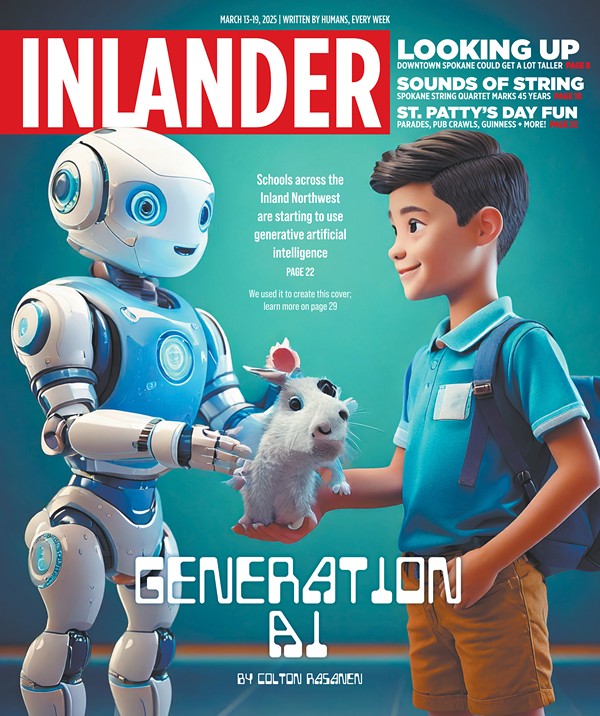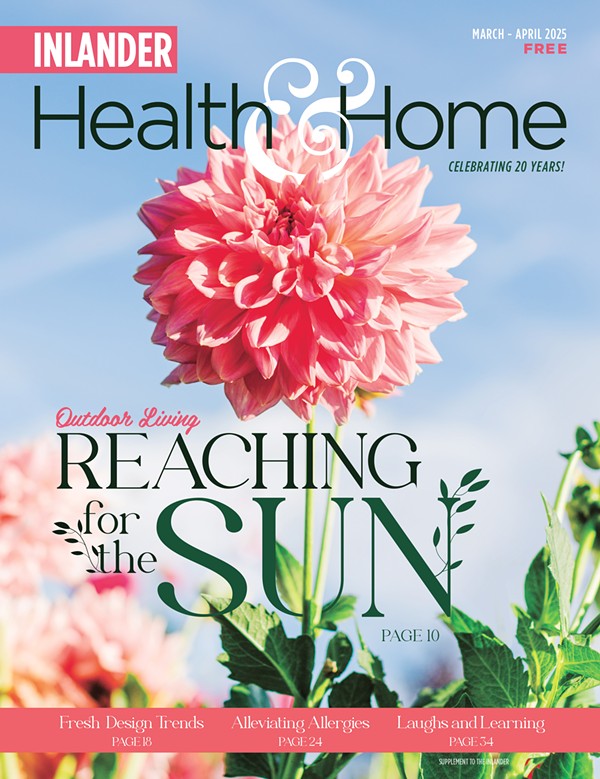Aaah, who can resist that “baby” smell — the freshly bathed little bodies in those hooded towels, the peach-fuzzy hair? Sniff it. Is that the 1,4-dioxane or the phthalates?
Yes, in addition to worrying about PVC in plastic toys, and BPA in bottles, we now may need to worry about the bath bubbles. A recent test of top baby shampoos, lotions and body washes found traces of cancer-causing agents.
According to the EPA, 1,4-dioxane is a known animal carcinogen and suspected human carcinogen. The Campaign for Safe Cosmetics explains that a byproduct of the “cancer-causing” 1,4-dioxane is used to convert the harsher sodium lauryl sulfate to the gentler sodium laureth sulfate.
Phthalates are used as industrial agents to soften plastic, but they also blend and preserve fragrance ingredients, covering up chemical smells with the fruity, spicy or baby smells we love.
The Environmental Working Group, a self-described organization of “scientists, engineers, policy experts, lawyers and computer programmers,” maintains a database of thousands of beauty and bath products (www.cosmeticsdatabase.com). The EWG classifies phthalates as “neurotoxins” traced to cancer, birth defects, reproductive problems in young boys, asthma, kidney and liver damage.
But a similar-sounding, seemingly public service-minded Website, “cosmeticsinfo.org,” tells parents that they need that baby-head smell: “Consumers know an area is clean because of the pleasant smell that remains following cleaning. It’s impossible to know if a product without fragrance has been applied; without fragrance there is no perceived effectiveness.”
Consumers may be surprised to learn, however, that what goes into creating those scents is virtually unregulated.
While the Food and Drug Administration has strict control over potentially dangerous products that go inside our bodies, the products we put on our bodies escape their scrutiny. According to its Office of Cosmetics and Colors, “[The FDA] cannot require companies to do safety testing of their cosmetic products before manufacturing … [they] may use almost any material as a cosmetic ingredient.”
While major companies use an estimated 10,500 ingredients creating personal care products each year, only 11 percent of those ingredients have been tested for safety.
Debbie Battaglia feels contempt for just about every one of those 10,500 chemical ingredients, and she would love to know which of them is wreaking havoc on her child’s skin. Even dermatologists’ suggestions for washes and creams have done little to ease the discomfort of constant rashes.
“And they just itch and itch and itch all over,” adds 4-year-old Sierra.
“I have looked at every product on the shelf,” says Battaglia. “First of all, I can’t find anything fragrance-free — even those [labeled fragrance-free] have a fragrance. And the huge list of incomprehensible ingredients: Do you really need sodium phosphate, methylparaben, laureths, all the other ‘ates,’ ‘eths’ and “ens” for a dry-skin therapy lotion?”
Health and environmental advocates say no. And in Washington state, they’ve taken dramatic action to clean up what’s on those labels and on children’s skin.
In April 2008, after intense lobbying by lawmakers, health groups and parents, Gov. Christine Gregoire signed the Children’s Safe Product Act into law, effectively banning not only phthalates, but also requiring manufacturers of children’s products sold in Washington to disclose chemical content and use safer materials.
Judi Miller, a specialist at Huckleberry’s Natural Living, finds that parents often ask for advice on choosing children’s products. One of the first steps, Miller says, is teaching them about phthalates and other chemicals that “hide in a ‘proprietary blend,’ which means cosmetic companies don’t have to tell you what it is.”
The generous use of the word “natural” on hundreds of synthetic products causes even more confusion.
“Conventional lines use the word ‘natural’ or ‘organic’ in order to take part in the trend toward cleaner products,” says Miller, Instead, she suggests, “Look for the words ‘certified organic,’ which means the raw materials and production have been declared ‘certified organic’ by California standards.”
The cosmetic and beauty industry in the United States could transform itself by following the European Union’s Cosmetic Directive. In 2003, the EU banned 1,100 toxic chemicals from personal care products. The U.S. has banned only 11.
Although Revlon, L’Oreal and other big companies have pledged to follow the same standards in the States that they already follow in Europe, changes have been slow. With little government pressure, and only a few states, like Washington, taking steps to demand those changes, it remains up to parents.
“Maybe not enough people know or accept the truth,” says Miller. “We as a nation have to stand up and say, ‘No more.’”
To learn more about advocacy for cleaner products, visit www.watoxics.org, www.safecosmetics.org and www.ewg.org.
POISON KISS?
In a recent survey of nearly 6,000 school-aged kids, 63 percent of girls ages 7 to 19 had worn lipstick by age 10. About 18 months ago, the Campaign for Safe Cosmetics tested 33 popular brands of various shades of red lipstick for traces of lead. More than half of them tested positive.














